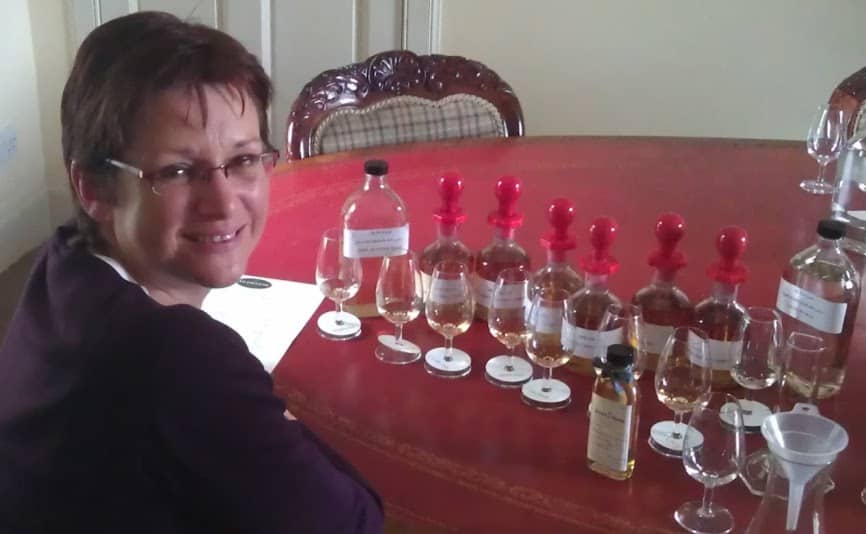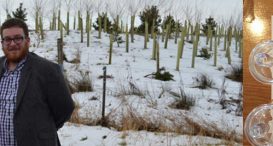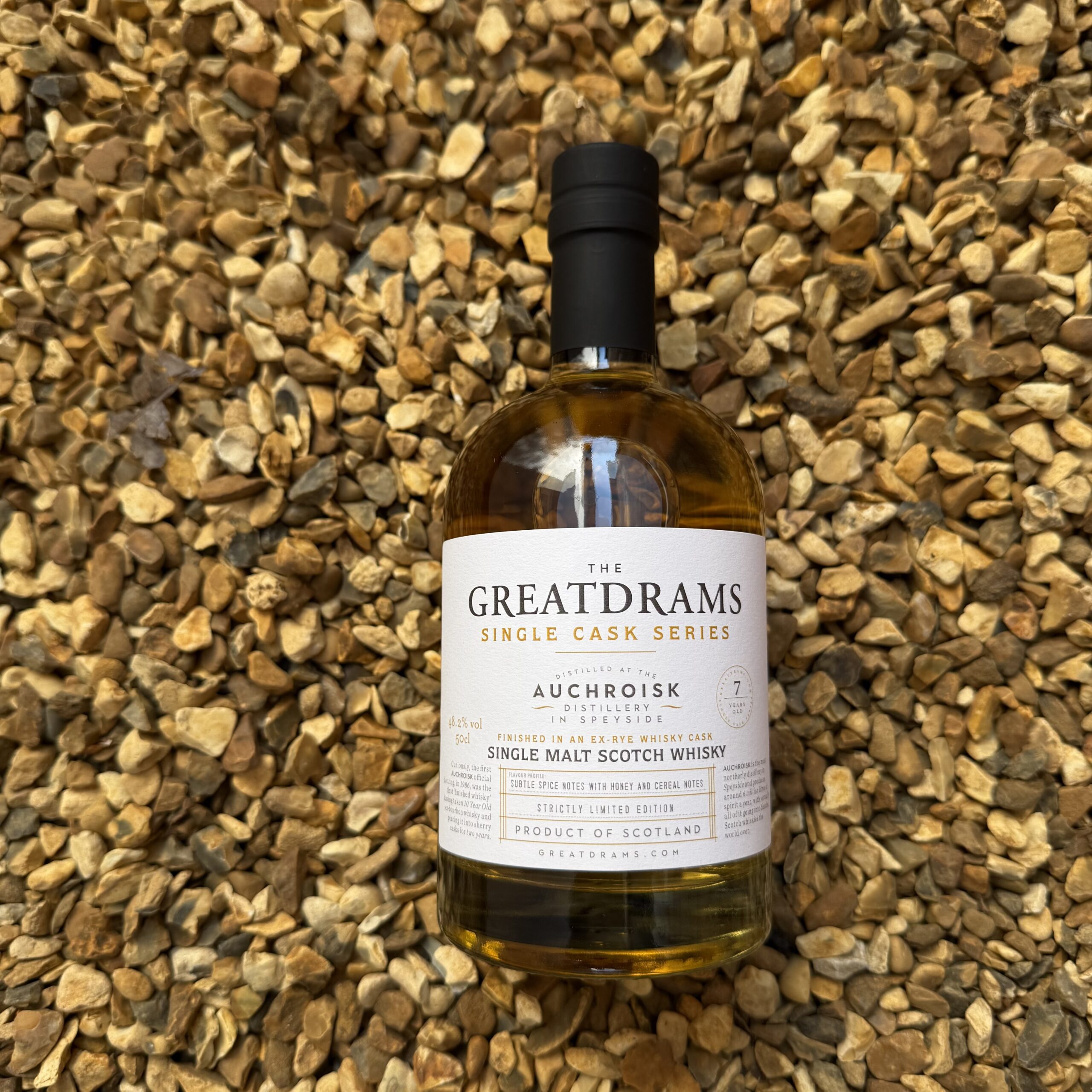Thoughtpiece: Sustainable development in the Scotch industry
let’s begin
Guest article written by Alison Stone - MSc Gastronomy student from Edinburgh who foolishly thought choosing whisky for her dissertation subject meant she could just spend 6 months drinking it! Sadly this was not the case, so Alison now shares with you her experiences of studying whisky for "academic purposes".
Please dram sustainably…
An introduction to sustainable development within the Scotch malt whisky industry
It’s pretty hard work doing a Masters degree. The dissertation element of it, which is 12,000 words of your finest prose is something you eat, sleep and breathe for 5 months so it’s important to pick a subject that you have a real interest in.
Whisky for me was a no-brainer as it is my favourite subject and the dissertation for my MSc Gastronomy soon became a labour of love, with copious amounts of tasty “research” thrown in! That said, I apparently couldn’t just spend 5 months drinking huge amounts of the golden nectar, I actually had to put pen to paper, so my study into sustainable development in the Scotch Malt Whisky industry was born.
Should you chose to wade through the mass of academic literature which talks about sustainable development (don’t bother – I’ve done it for you…) you will soon learn that sustainable development is the key to ensuring the future of this planet.
Sustainable Dramming?
It was defined back in the day – 1987, to be precise, by the World Commission on Environment and Development in a report called Our Common Future. In this, it grandly stated that “Sustainable development is development that meets the needs of the present without compromising the ability of future generations to meet their own needs”. Impressive, for sure, but how do I manage to tie this to a dram or two of Uisge Beatha?

Well, in the mid 1990’s a management consultant called Elkington review the concept of sustainable development and produced the idea of triple bottom line accounting.
In this, he identified that sustainable development was a combination of environmental, economic and social factors and that government, commerce and the consumer should be adopting practices that enhanced the stability of these three strands to ensure the greater good of the world in which we live.
Now, stick with me…it will get interesting soon… As the years have passed, the reporting by organisations on their commitment to environmental, social and economic has grown in popularity, with stakeholders and investors wanting to know they were working with “good guys” who were doing their bit for the universe.
The name of the reporting changed regularly – the triple bottom line concept was replaced by corporate social responsibility reporting, which has been currently replaced by sustainability reporting.
It’s basically all the same stuff with the name changed to reflect the latest buzzwords.
As the awareness of sustainable development grew, so did the number of organisations trying to “do their bit”, with the whisky industry being no different. In 2009, the Scotch Whisky Association launched its first environmental strategy and the industry, which was already perceived as quite a “green” anyway, due to the basic raw materials, had a framework to align itself to.
There are many different ways to adopt good environmentally sustainable practices and we will learn more about the varying options in forthcoming blogs.
The one thing that was a common theme throughout all of these initiatives was that, although it was attractive to be seen as a “keen green”, no environmental initiative, with its high capital expenditure and long return on investment, got the nod from the boardroom table without a sound business case and benefits that weren’t just a smile of approval from the whisky drinking hippies of the world.
The Industry and Sustainability
Right, now we have set the scene, we will move on to talking about the commitment of the whisky industry to the three strands of sustainable development.
The observations in this blog are based on interviews with 11 distilleries here in Scotland and is in no way a comprehensive review of all the industry is doing (I only had 5 months!) but I hope it gives you a flavor for the work being undertaken and the steps the industry is taking towards making a more sustainable future for generations to come.
Anyway, please draw up a chair, pour yourself a dram (I recommend Ben Nevis Single Cask 2002, matured in a white port pipe, simply because it is an AWESOME dram) and let us get started.
Slainte!














1 thought on “Thoughtpiece: Sustainable development in the Scotch industry”